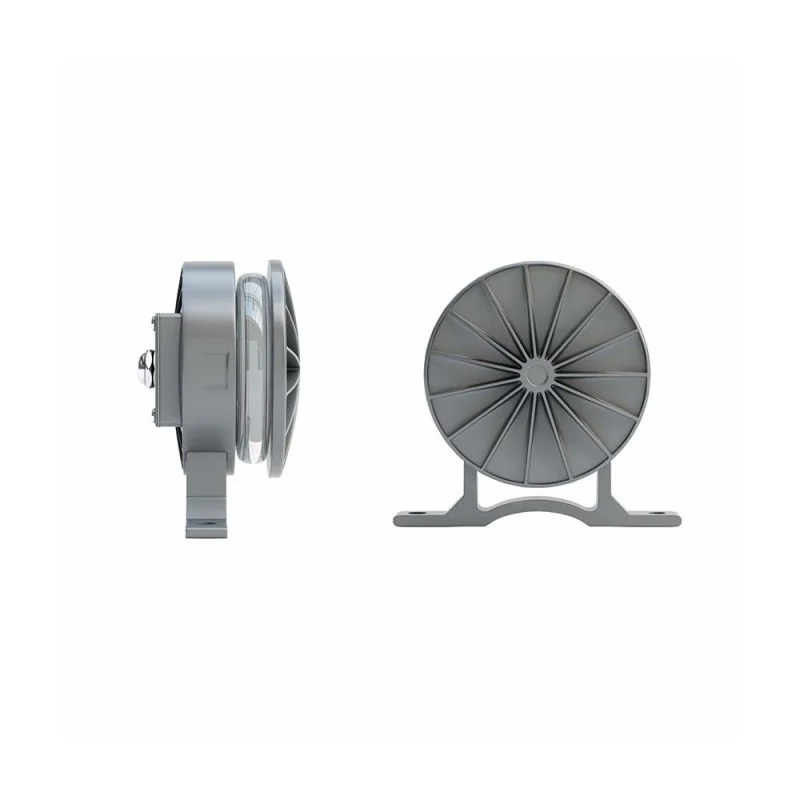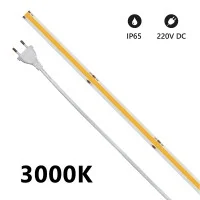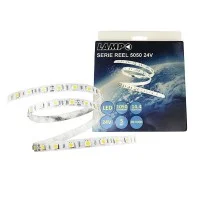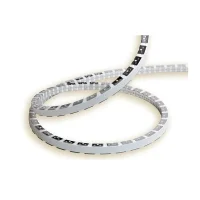


















NIK by Beneito Faure is an outdoor LED projector that performs a precise lighting job. In fact, it has the task of lighting and therefore highlighting with strength and determination, entrances, windows and balconies with a precise light blade determined by an opening angle of only 5°, and is therefore capable of creating extraordinary 360° optical effects. Its use is ideal mainly in environments such as art galleries, museums, theaters, exhibitions, to illuminate large windows and in all those places where it is necessary to emphasize lines and shapes and to illuminate environments with modern design. Possibility to choose the color tone between 3000K (warm light) or 4000K (neutral light).
Dimensions
Be the first to ask a question about this product!
Reference: 4690
Zas Square, mini adjustable LED projector, for outdoor use with stake. Aluminum body. Available in 3 finishes.
Reference: 4340
Sky 10w adjustable LED floodlight, for outdoors with stake. In aluminum, in Corten color. Available in two versions of light temperature.
Reference: 4922
Zas round, mini adjustable led projector, for outdoor with spike. Aluminum body. Available in 2 finishes black and corten.
Reference: 4290
Signal, LED ground arc floodlight, for outdoor. Made of aluminum, black color. Suitable for serial connections.
Reference: 4508
Beneito Faure Ufo Lens, integrated LED projector for indoor and outdoor environments IP65. Painted aluminum body. Black colour.Available in Dali dimmable version and in on-off version.
Reference: LIGHT010
Chandelier with ten suspensions and relative E27 lampholder in all black color.
Reference: 03.6154.30A
Flos Wan Downlight Led, ceiling mounted recessed spotlight, for indoor use. Led 500mA source included, driver not included.
Reference: 620/BI
PIPISTRELLO - Historic table or floor lamp with telescopic rod adjustable in height, providing diffused light emission. Stainless steel telescope, methacrylate diffuser, painted metal base and knob available in 6 finishes. Complete with LED bulbs with E14 socket. Design by Gae Aulenti, 1965
